Key message or headline statement
-
Summary point 1
-
Summary point 1
-
Summary point 1
We know how hard it can be to start Calisthenics.
These 5 best beginner calisthenics exercises are designed break down those barriers stopping you from getting started.
Three years ago we started our journey of exploring our physical potential and working towards redefining our impossible.
If like us, you’ve no previous experience of Calisthenics or gymnastics it can be hard. So we are making it simple for people to get started. We’ve got our FREE 8-week beginners plan inside our Virtual Classroom. It’s helping thousands of people start exploring their own physical potential through bodyweight training.
Let’s start right at the beginning with the 5 most important exercises you should do (in our opinion) as a beginner in Calisthenics.
The 5 exercises we will cover will focus on these five key areas of physical development; mobility, activation, pushing strength, pulling strength and core strength.
The mobility and activation will help to improve and start restoring postural alignment, something we all need help with due to the demands of modern day work and life, extended periods of sitting, slouched over a computer and hunched forward playing with our mobile phones.
The pushing, pulling and core strength will help teach you the main principles of these three areas, along with the importance of body control, which you’ll be able to transfer over to any other movements you go onto progress with.
Here we are looking to mobilise and loosen off tight muscles that are affecting our posture and shoulder position. We are looking specifically at the lats, which when tight and overactive pull the shoulder forward, internally rotate it, restricting overhead position as well as affecting the pelvis alignment potentially causing anterior tilt (arching of the lower back) which will affect our trunk alignment and core stability.
Having loosened off those tight lats we are now looking to activate the muscle surrounding the shoulder helping the ignite some life into those mid and lower traps, rhomboids and rotator cuff muscles. These are all important in control of the shoulder blade (scapula) and therefore stability of the shoulder itself.
Now using the standard push up we are going to start to understand about how shoulder posture impact the pushing movement along with how the core strength will affect the trunk and body alignment. These two elements then need to be practised to work in perfect harmony together. The plus aspect is an extended version of the push up to hit the serratus anterior which is another muscle attaching to the shoulder blade which help control the movement of that shoulder blade and therefore shoulder stability and strength.
The bodyweight ring row is almost the opposite of the push up, so we get to practise all the same shoulder mechanics and trunk alignment control from the core but just in the pull motion of a horizontal row.
The dead bug looks like an easy exercise but when done correctly will highlight a weak core, particular the lower abdominals. The key is having control of the pelvis and ribcage, not letting the gravity dictate that position, pulling them apart when you extend and straighten the arms and legs out away from your centre.
We hope you have found this helpful and useful in starting your Calisthenics journey. We’d love to hear from you and see your progress so feel free to share your training and get in touch with us on your favourite social media; Facebook, Twitter or Instagram!
If you really want to make a start, check out our Bodyweight Basics Training Programme Below.
Class dismissed!
Jacko


